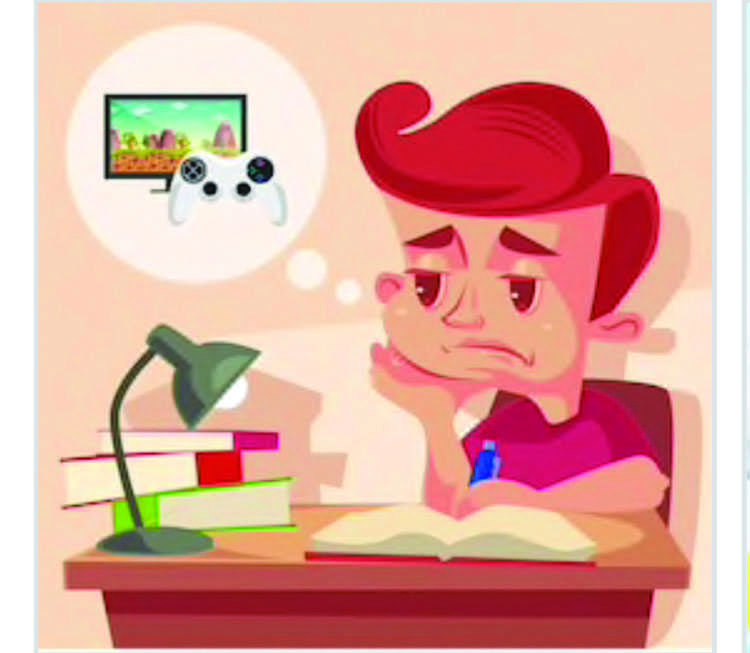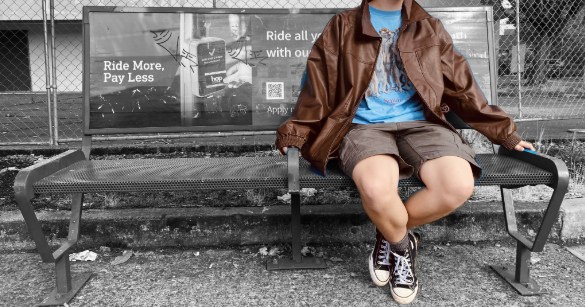
Through the stops between conversations, socratic seminars, between classmates, and an easy joke or a phrase of mockery, I hear the term of ADHD thrown around quite a bit. Now, what is ADHD? ADHD stands for Attention Deficit Hyperactivity Disorder. How does ADHD affect the educational system for the average high school student and what are the negative or positive impacts for the students. How does that affect any use of substances, acquired by prescription or otherwise?
Noticeable symptoms in someone with ADHD include lack of focus, restlessness and irritability. So the correlating accommodations with those symptoms apply as extra time on assignments or being able to take a break outside of class if the student feels overwhelmed in the current environment. But those aren’t the only the accommodations that a student with ADHD might have. ADHD varies in symptoms and affects people differently. Just because you see somebody looking a little bit irritated or not focused, it does not necessarily mean that they have ADHD. And the way that a student and/or caseworker would help advocate for those accommodations would simply be to notify your teacher of your personal situation and how you might need support in that class to do the best that you could do.
An Individualized Education Program (IEP) is a plan specially formatted for every student with mental or physical disabilities. The creator of the IEP is a person, usually a school staff member, called a case manager. A case manager is there to help you advocate for everything that comes with an IEP and for support throughout your academic journey through high school. A case manager can be assigned to you as early as grade school, but the relationship between student and case manager in grade school is a lot less interactive. An IEP helps create student accommodations—altered educational plans or privileges that the student can have to help said student stay at the same learning curve as their fellow students while maintaining full comprehension.
Going into a new school year with an IEP might look something like this: once you register for school, your IEP documents will be linked with your school file and you will be assigned a case manager. You and your case manager would evaluate what classes you might need the most help in. Then you could either decide to talk to your teacher yourself, your case manager could email them, or both. After that, you would have to wait for a teacher’s response to the email or you could devise a system to help you stay on track in that class, depending on how much support you feel that you would need.
Most case workers try to have a fairly hands on a relationship with students. They have regular conversations to make sure students can keep updated on their needs. That being said, caseworker loads, as in number of students cases, have continuously increased and each case worker has now about 35 students. Teacher and former case manager Anna York says, “I started halftime and I had 12 or 13 students. By the end of the year I was full-time and it was 24 or 25 students and I remember that for the next few years… that was the norm.” York started working at Franklin 12 years ago.
When asked about substance abuse in correlation with ADHD, both McClendon and York referred to the term of “self-medicating” with an elaboration directly speaking of marijuana. And when asked why ADHD would lead to the use of marijuana they both gave a similar answer. McClendon responded with, “substance abuse is probably positively correlated because we all seek relief from suffering. Medication may provide relief. Substance abuse is often referred to as self-medicating.” Whereas York replied with, “we’ve had a lot of pot so self-medicating for whatever reason. Either the medications they have aren’t working, they don’t want to use those medications, or they don’t have access to medication that could be helpful.” They both follow up with the assumption that students are searching for relief from the overwhelming emotion teenagers experience. These students seek out whatever cheapest available resource there is to help them with that relief and therefore includes illicit drugs.
When I spoke with McClendon, I also asked him if the age of a student affects the diagnosis of ADHD. He responded, “Somewhat. ADHD changes with age, since our behavior changes with age. We are expected to show more responsibility as we age. So understanding that you will typically see the highest proportion of diagnosis for middle schoolers and high schoolers. About 70 percent when compared to elementary age. Which is about 20 percent. Some could argue that the expedited diagnosis is a direct trade off of the increasing stress put on children in education today.” He then directed me to an article on WebMD “ADHD and Substance Abuse” which lead me to some interesting statistics: “14% of children ages 15-17 with ADHD had problems with alcohol abuse or dependence as adults, compared to peers without ADHD.” And a glaring statistic on alcohol abuse: “That at a mean age of 14.9 years, 40% of children with ADHD began using alcohol, compared to 22% of children without an ADHD diagnosis.”
In the current system, an overwhelmed staff handles ill informed and under prepared students in the ongoing reality of drug use in high school. ADHD is affecting all of our lives. If the number of teenagers with alcohol abuse nearly doubles with the diagnosis of ADHD combined with the revelation of self medicating, the wellbeing of our student body and therefore our entire educational system is altered.

































